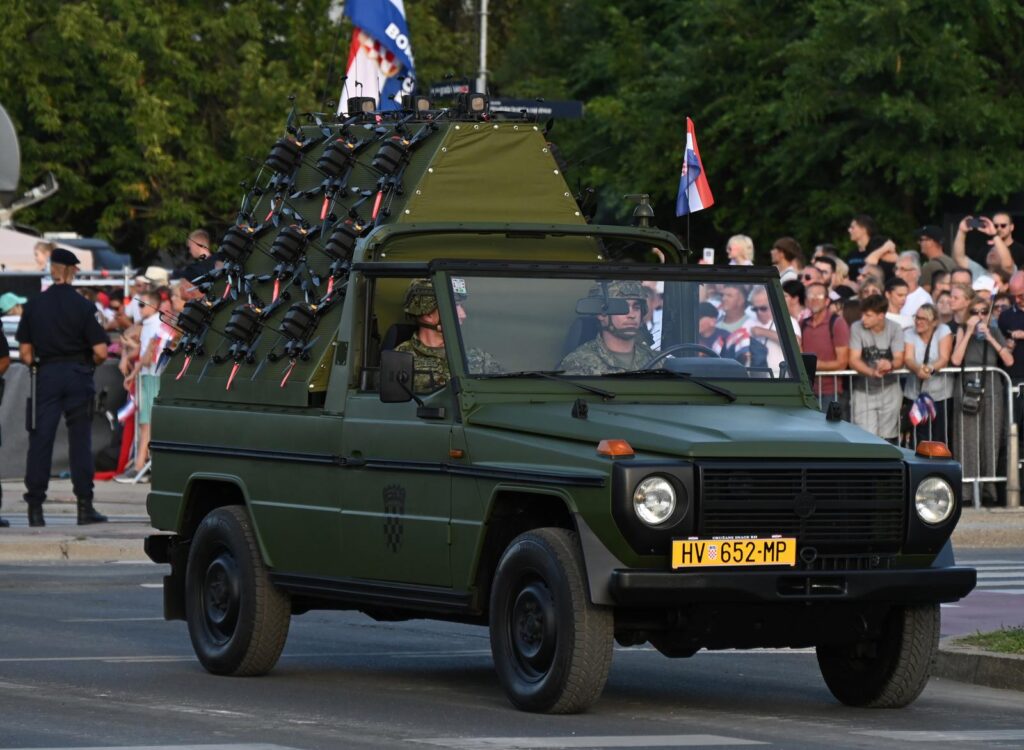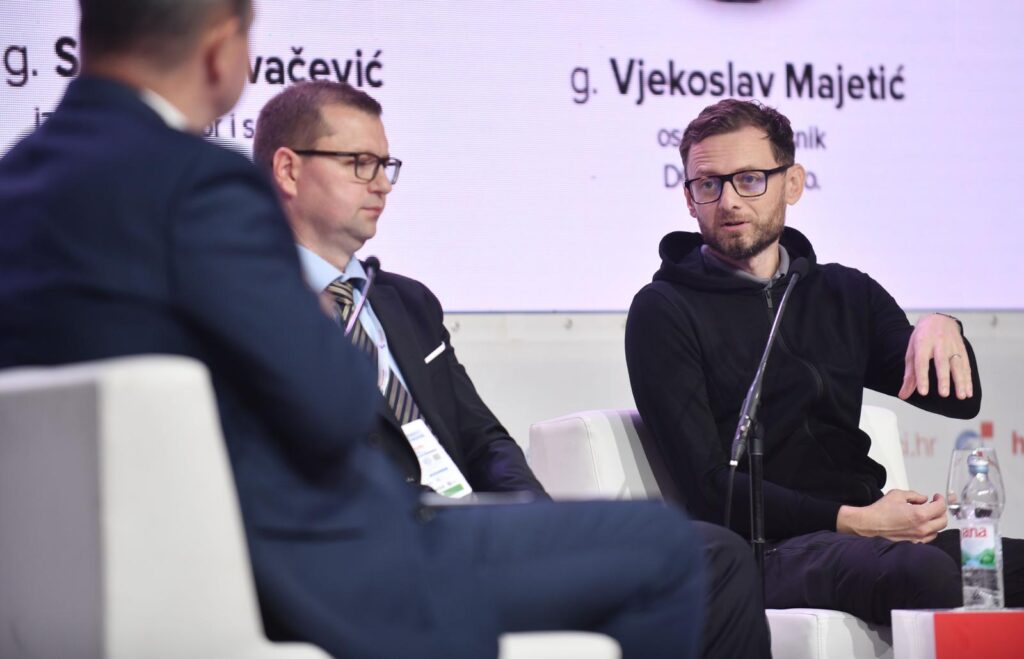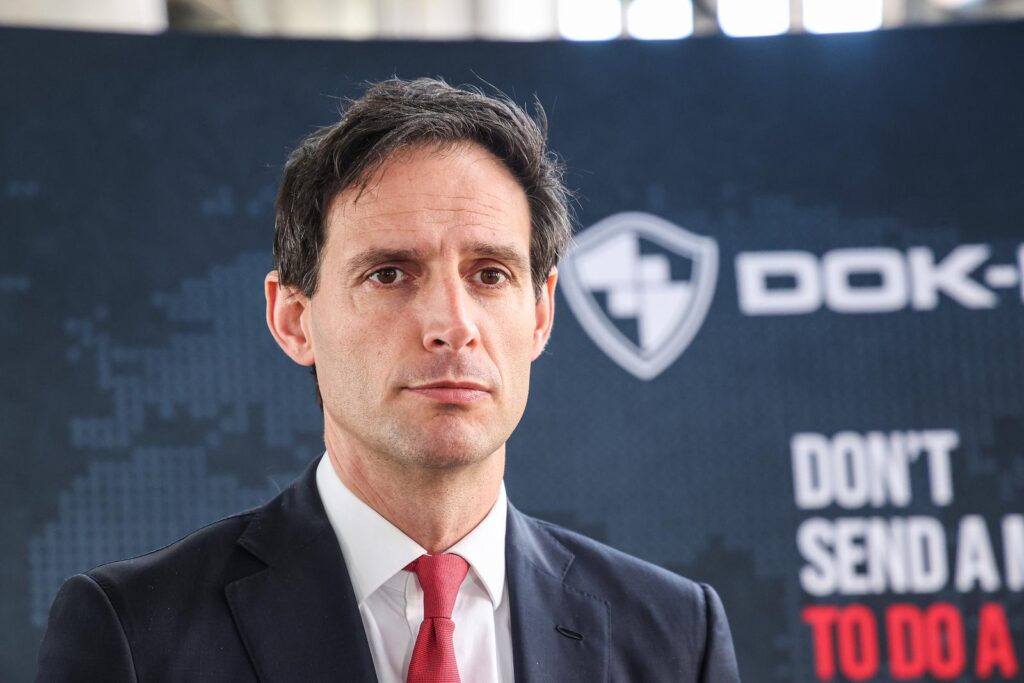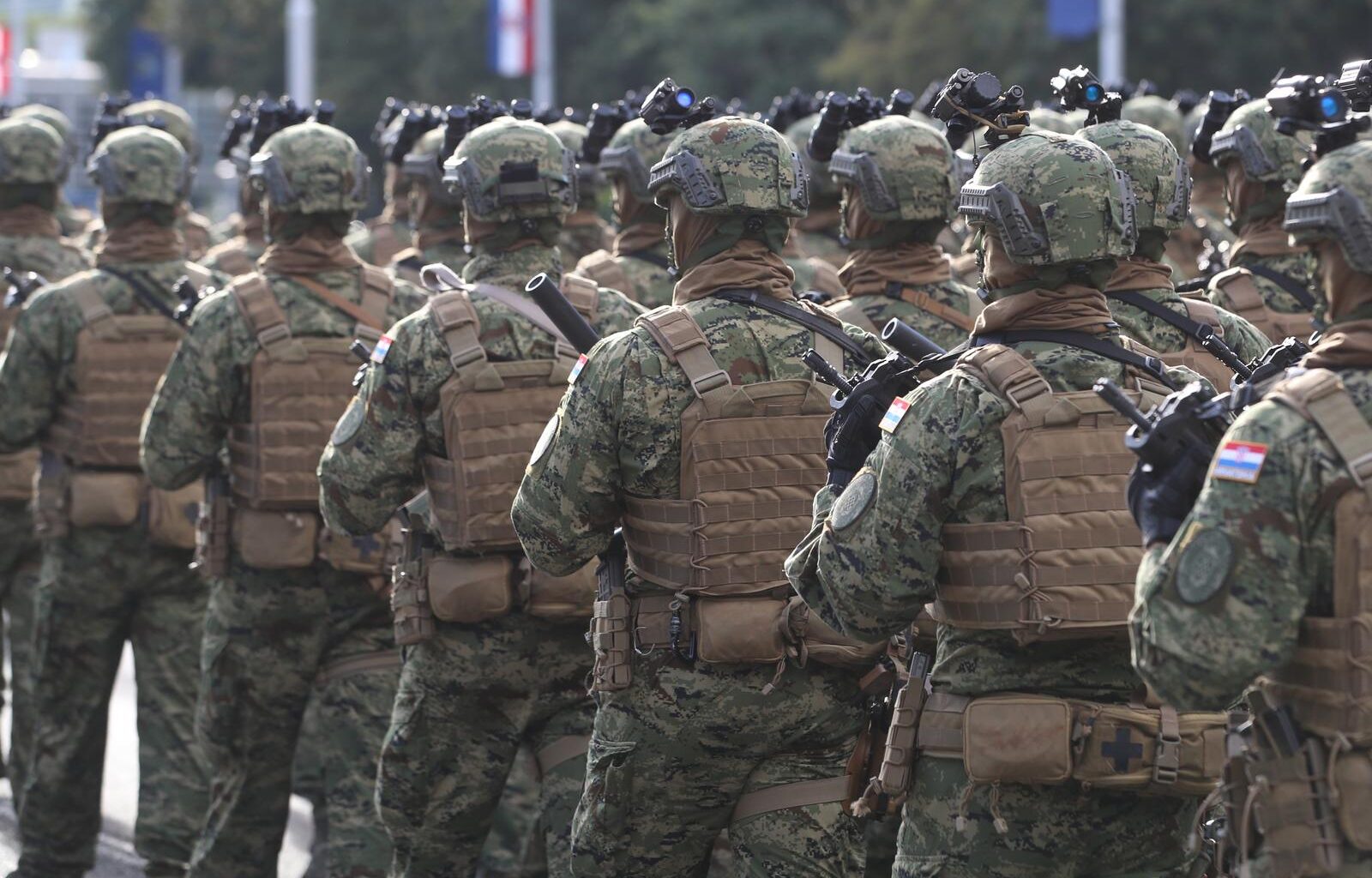September the 17th, 2025 – Croatian weapons manufacturers are continually strengthening their presence internationally, breaking into foreign markets on a truly global scale.
As Poslovni Dnevnik/Edita Vlahovic Zuvela writes, European Commission President Ursula von der Leyen recently announced the unlocking of up to 800 billion euros in defence investment as part of the Readiness 2030 programme. In addition, the operational SAFE programme will have another 150 billion euros for joint defence poured into it.
At roughly the same time, two Croatian companies, DOK-ING and Đuro Đaković Special Vehicles, announced the signing of new international contracts. DOK-ING and the Korean LIG Nex1 signed a Memorandum of Understanding in Seoul for the development of a new generation of unmanned ground systems. Đuro Đaković Special announced the conclusion of a memorandum with the German KNDS Deutschland and the formalisation of cooperation on the maintenance of combat armoured vehicles, primarily Leopard tanks.
croatian weapons manufacturers are gaining recognition globally
 Kristina Stedul Fabac/PIXSELL
Kristina Stedul Fabac/PIXSELL
“The point is that countries have expressed their interest in financing within the framework of the EU programme. Croatia has expressed interest in 1.8 billion euros, and DOK-ING and Orqa are listed in the financing priorities, primarily in the development and production of drones, robotic systems, air defence and so on”, Goran Pešić, CEO of DOK-ING Security and Defence, said about the defence investments that Ursula von der Leyen spoke about.
Croatian weapons manufacturers and the military industry as a whole has been increasing its presence on international markets for several years now. Last year alone, Croatia increased its exports of weapons and other military equipment by as much as 20 percent. The value of Croatian weapons manufacturers’ exports in 2024, according to the official annual report of the Ministry of Economy, reached 167 million euros. For comparison, in 2019, Croatian weapons exports amounted to only 66 million euros, and from that year to the end of 2023, total exports amounted to 619.9 million euros. Croatia achieved a record value of arms exports, reaching a massive 152.7 million euros, in 2022. Following that, the value of exported weapons fell to 139.4 million euros in 2023, according to data from the Ministry of Economy.
Exports are dominated by the production of pistols, rifles and ammunition, with the main markets being the USA, Poland, Iraq, Ukraine and Jordan. In addition to pistols, Croatian weapons manufacturers also produce assault rifles (HS Produkt), rocket launchers and grenade launchers (Madlerd). DOK-ING has long been known for its production of de-mining machines, and Đuro Đaković is also known for its renovation and modernisation of armoured combat vehicles and tanks. In addition to the weapons themselves, military equipment is also produced, such as tents and tarpaulins (Belina), body armour (Croshield), helmets (Šestan-Busch), tactical military radios (Takrad) and much more.
ukraine’s plight shifts the focus to drones – an croatian production shines
 Ministarstvo obrane Republike Hrvatske/PIXSELL
Ministarstvo obrane Republike Hrvatske/PIXSELL
The Ukrainian war has shifted the focus to drones, both in terms of defence and financing the growth and development of modern aircraft production. As announced by Von der Leyen, the “Eastern Flank Watch” with real-time satellite reconnaissance and a “drone wall” on the northeastern borders opens the door to increased spending in the segments of sensors, communications, defence drones and cyber-security.
In this segment, Croatia has a global leader (the Osijek-based Orqa), with DOK-ING rapidly taking a larger share of that pie. Careful observers have noticed that back in June this year, DOK-ING also changed its internal structure by establishing three specialised companies, including for security and defence. The focus there has been placed on the development of unmanned modular platforms that offer a wide range of applications, including defence and combat systems, the company announced at the time.
DOK-ING, alongside Orqa, is developing manned-unmanned teaming (MUM-T) technologies for dual purposes, integrating DOK-ING’s unmanned ground systems with Orqa’s unmanned aerial systems. A few months ago, DOK-ING also signed an agreement on the establishment of a joint venture with the leading European manufacturer of weapons and military equipment, Rheinmetall, which aims to become a market leader in the sector of unmanned combat and non-combat systems.
orqa goes from strength to strength
 Josip Mikacic/PIXSELL
Josip Mikacic/PIXSELL
Back at the beginning of November last year, Orqa signed a contract with Bayrak, a Turkish company that produces the famous Bayraktar military drones. The plans are for the popular drone model Bayraktar TB2 to be equipped with smaller Croatian-made drones in the future. This ambitious and wildly successful startup from Osijek also plans to start production across the pond in the USA by the end of 2025, and they’re also focused on expanding throughout Europe, especially Germany. The Osijek-based company, which became famous for producing video glasses for controlling drones, made a turn from the civilian sector to the military sector a few years ago. Their business is mainly export-oriented, with revenues from foreign markets accounting for around 98 percent of total company revenues. Last year alone, their net profit amounted to around 2.45 million euros, which is an increase of around 242 percent compared to the previous year.
Although the amount of defence spending that the European Commission chief put on the table last week is a tiny fraction of Europe’s whole GDP, it’s still noteworthy. Military spending across the Eurozone stood at 1.8 percent of GDP in 2024, and analysts at Goldman Sachs Research expect it to rise to 2.4 percent by 2027. Their baseline assumption is that the EU will gradually increase its annual military and defence spending by around €80 billion by 2027, or about 0.5 percent of GDP. To reach the 2.5 percent of GDP target for defence, the Eurozone needs to increase spending by an additional 0.6 percent of GDP per year. That forecast is based on the assumption that imports of military supplies are gradually reduced (and replaced by domestic products) and that the increased spending is initially directed at equipment and infrastructure.
many sectors could stand to benefit
 Luka Stanzl/PIXSELL
Luka Stanzl/PIXSELL
“The EU could benefit from increased military and defence spending, although the positive effect may be limited to a small number of sectors. If these funds are directed towards domestic production, technological development and expansion of the supply chain, the economic benefits could be very significant,” Allianz analysts pointed out. They added that the largest benefits, aside from the manufacturers of military equipment and technologies, could be the construction industry, with large amounts allocated for the modernisation of transport, energy and digital infrastructure. In the energy sector, the emphasis is placed on renewable energy sources and the modernisation of power networks. Among the other sectors that will experience an increase in demand are the sectors of metals and chemicals, as well as the semiconductor industry and cyber security.
Subscribe to our newsletter
the fields marked with * are required
